Nicholas Forbes, Managing Director
Every day we are seeing the pace of change around cloud and cloud-based technology accelerating. We have gone from release cycles of every few years, to yearly, to monthly and now weekly changes across cloud platforms like Office 365 and Azure. And if the rate of change is not hard enough to deal with, the use of artificial intelligence and machine learning in platforms like Office 365 (Project Cortex) completely changes the game when it comes to governance and dealing with the change in organisations. Traditionally one of the tools we have used as part of the governance toolset is process management and process automation. But how do you manage your processes effectively when the technology your business uses changes quicker than you can map, document and adapt existing or new processes?
The next challenge is around the agility of your governance model. As an example, as part of governance you put together a document management policy. In this policy you state how documents are stored and managed and even how documents get tagged for easier discovery. But what if it no longer matters where a document is stored, and AI allows you to easily find and see content based on your current need. This could mean documents can be stored anywhere but still be discoverable by the entire organisation. So traditional governance presents a challenge for organisations to be able to adapt to new technologies (which they need to do otherwise they face losing a competitive edge).
Insight: Traditional governance models and process management cannot adapt quickly enough to meet the need driven through new technologies and services.
For us at Myriad we think the approach towards governance needs to be reworked with a more agile governance model around information and the flow of information. The model needs to incorporate flexibility and agility and the approvals around governance needs to be more widely delegated throughout the organisation instead of sitting with just a few people. This means empowering the people in your organisation to determine their own information governance versus a centralised rigid model of policies and procedures. So, what does this mean? For us it means;
Create a very high level, core set of governance that is completely technology independent.
Have organisational wide approved guidelines around information governance instead of centralised policies and procedures.
Under the guidelines allow teams to set their own governance around information management, use of technology etc.
Create a governance advisor and a technology advisor within the business that can mentor teams through the governance process.
Establishing governance for a team should take no longer than a day or two and changes to the governance model should be able to be reflected within teams within hours versus days.
Insight: Breaking up governance into team sized chunks and allowing teams to dictate their own governance allows agility and flexibility
The second thing that we think comes into play is the concept of business patterns. I put far more emphasis in understanding patterns in an organisation then understanding their processes as patterns often determine the success of how a team works versus how well a team follows a set of business steps in a process.
For me, business patterns are the crux of how people in a team and an organisation work together and how their behaviour influences what they do and how they do it. Very often business patterns are repeated across teams and across organisations. The better you understand a business pattern and adapt the technology to the patterns the easier the path of adoption of a technology. A business pattern is typically seen as:
Repeatable across teams and organisations.
Logical for people to understand in their own context.
Having common relatable elements.
Being able to provide a competitive advantage.
Discoverable but not creatable.
Have a goal of providing an end state.
Stemming from people’s behaviour.
Being dynamic and changing over time.
A business pattern incorporates policies, procedures, technologies, behaviour and business function. If we look at some examples of functions within a business like marketing, managing contracts, accounts payable and receivable, managing clients or managing committees you can easily see that the pattern of doing these functions in an organisation and how people interact and collaborate on those functions does not vary much between teams and organisations. However, elements of the pattern like policies and processes does vary between teams and organisations.
Insight: The closer a new technology matches a known business pattern, the quicker and more seamless the adoption in an organisation.
Insight: Understanding a business pattern delivers far more value than looking at the elements of a pattern in isolation.

